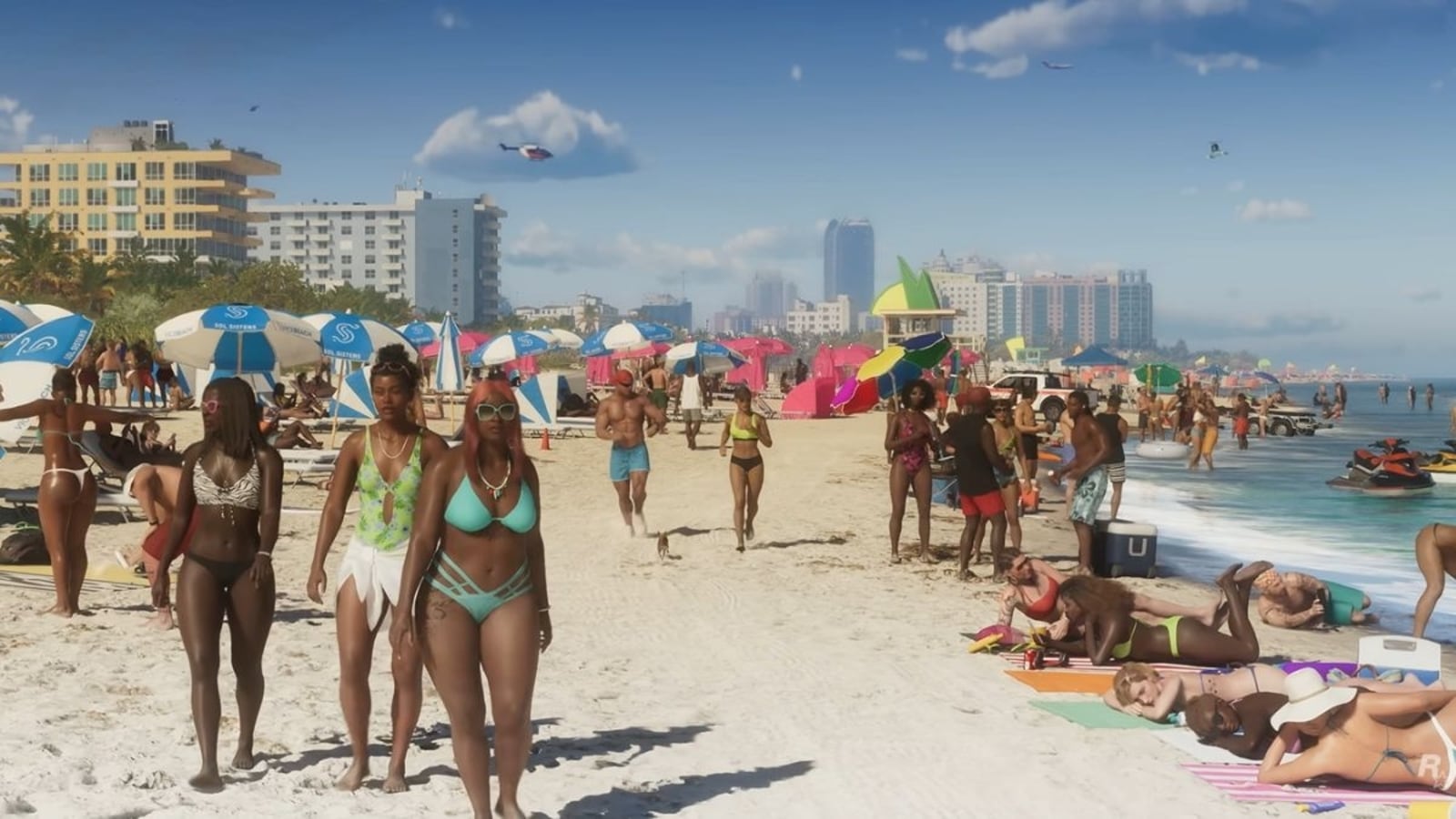Whether backpacking in the Trinity Alps, rafting on the American River or rock climbing in Joshua Tree, more people are exploring the great outdoors than ever these days. Some may even be thinking about trekking into the fresh powder that recent storms have delivered.
Judging by visitors to national parks, attendance in wilderness areas was on a steady 40-year climb until the pandemic shut the parks down in 2020. But visitors came roaring back the next year in record-breaking numbers. Today, some 60 percent of Californians engage in outdoor activities. And with visitors come the inevitable wilderness injuries.
“It seems to be as busy now as it’s been over the past couple of years of the pandemic,” said Dr. Ian Wedmore, the president of the Wilderness Medicine Society and an emergency room physician in Tacoma, Wash. “It’s definitely putting a strain on a number of services.”
Any time outdoor recreation goes up, so do injuries, Wedmore said. Wilderness doctors like him worry that many of the people driving these numbers are unprepared. A recent paper surveyed nearly 4,800 skiers and found that both experts and novices reported venturing farther into the backcountry during the pandemic and that a much larger slice of them did not have the appropriate training to avoid avalanches.
It’s not a good time to test California’s winter terrain. The Sierra Avalanche Center has issued an avalanche warning in the central Sierra Nevada, including the Tahoe region, through Wednesday.
“Don’t just go out and buy a set of backcountry skis,” Wedmore said, “and decide you’re going to try and go as far out to the backcountry as you can.”
The same applies to hiking or kayaking. Four of the 10 national parks where you are most likely to get hurt in the United States are in California. And social media has made things worse, as tourists searching for the most impressive selfie have occasionally fallen from rocks or gotten too close to dangerous animals, said Isabel Algaze, an assistant professor of emergency medicine at the University of California, Irvine. In 2021 she and several students actually linked the number of tweets made in a particular wilderness area to the number of times people had to be rescued.
“The more tweets there were, the more search-and-rescues,” Algaze said. She was careful to say it’s anyone’s guess whether the posts were causing the accidents. “It could be that there’s more people posting, and they’re doing things that are more dangerous,” she said, but added that she would need more data to confirm it.
Wedmore said that, except at national parks like Yosemite or Sequoia/Kings Canyon, many emergency workers in the wilderness are volunteers who are already stretched thin. So, as you begin to make outdoor plans for the spring and summer, be realistic about what you don’t know and look into taking the appropriate classes in backpacking, skiing, paddling or mountaineering before you go out.
And be prepared. Wedmore said that two of the most dangerous conditions in the wilderness — other than injury — are dehydration and hypothermia, even on a sunny day.
More on California
- A Missed Opportunity: Downpours in California could have been stored for use during future droughts. But water agencies and experts say state bureaucracy, designed to distribute water fairly, has stood in the way.
- Bruce’s Beach: The Bruce family won the return of oceanfront property near Los Angeles that had been seized from their relatives, two Black entrepreneurs, nearly a century ago. Their decision to sell the land for $20 million set off a fresh debate about reparations.
- Covid State of Emergency: The state’s coronavirus emergency declaration, which gave Gov. Gavin Newsom broad powers to slow the spread of the virus, is set to expire on Feb. 28.
- In the Wake of Tragedy: California is reeling after back-to-back mass shootings in Monterey Park and Half Moon Bay.
There is one piece of advice he wishes everyone would take to heart: “Check the weather before you go,” he said. “In the Sierras the weather can change very quickly.”
For more:
If you read one story, make it this
Tech companies are cutting their physical office space, and that has led to a great furniture reshuffling in San Francisco.
What we’re eating
Banana everything cookies.
Where we’re traveling
Today’s tip comes from Marvin Wolf, who recommends a stop at Ice House Reservoir, about 75 miles east of Sacramento: “The Sierra Nevada reaching up behind the lake are gorgeous. It is about eight miles away from Highway 50, so not that many people go there.”
Tell us about your favorite places to visit in California. Email your suggestions to CAtoday@nytimes.com. We’ll be sharing more in upcoming editions of the newsletter.
And before you go, some good news
In San Francisco, it’s the coyote. In Oakland, the brown rat. And in San Jose, the wild boar.
These are just a few of the most “unusually common” mammals spotted across Bay Area cities, according to The San Francisco Chronicle’s analysis of data from iNaturalist, a social network that allows naturalists and amateur “citizen scientists” to identify and map species across the world.

























